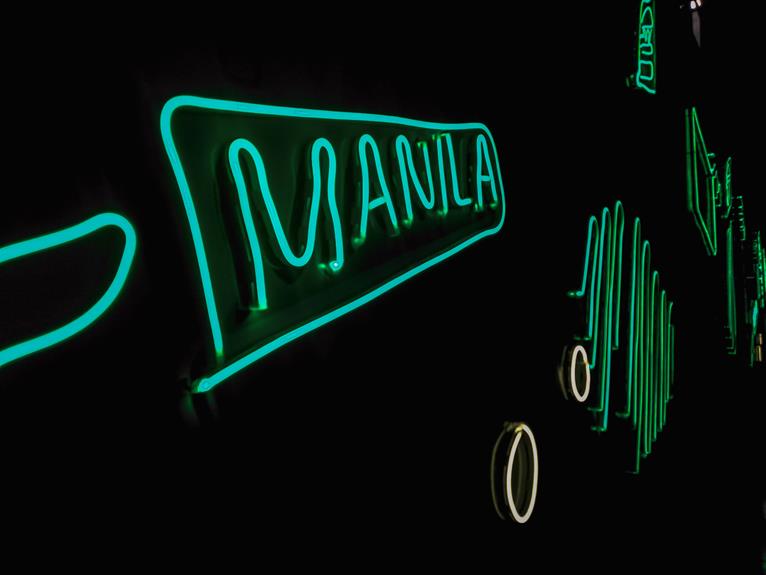Are you ready for the low-down on LED technology? Well, you've come to the right place!
This article will give you a comprehensive overview of the advantages and disadvantages of this energy-efficient, cost-effective, and durable technology.
So, buckle up and get ready to learn how LED technology can help you save money, make your life easier, and promote environmental sustainability.
Let's get started!
Energy Efficiency of LED Technology
You'll benefit from the energy efficiency of LED technology. It uses significantly less power than conventional light sources and can be dimmed or brightened for more precise brightness control.
Plus, the color control of LED lighting is unmatched, as each bulb can be personalized to your liking. LEDs are a great way to save energy and money while achieving a unique lighting experience.
They're an empowering and liberating choice for those looking to reduce their energy footprint.
Cost of LED Technology
The cost of LED technology can be a little higher than conventional light sources, but it's worth it. LEDs offer a great range of lighting design options, with high color accuracy and energy efficiency.
Investing in LEDs also helps to reduce your carbon footprint, making them a sustainable choice. LEDs can save money in the long-term, as they've a much longer lifespan than traditional bulbs.
With the right lighting design, LEDs can help to create a great atmosphere in any space.
Durability of LED Technology
You'll enjoy the durability of LED technology, as it's designed to last up to 50,000 hours. LEDs last longer than traditional lighting due to their superior construction and design.
Plus, you can control the brightness of LED lighting due to its ability to be dimmed without sacrificing life expectancy.
Plus, LED lighting doesn't have the light scattering that other lighting technologies have, so its light output is more focused and intense.
LEDs provide consistent lighting for years, making them a great long-term investment.
Applications of LED Technology
You can find LED technology in a variety of applications, from lighting up your home to providing a display on a laptop.
From portable lighting to smart lighting, LED technology has been used to bring convenience and energy efficiency to many devices.
LED lighting is also becoming more popular in commercial applications, as its brightness and reduced energy consumption can lead to cost savings.
LED technology is also becoming more prevalent in outdoor lighting thanks to its improved durability and longer life.
Its versatility and low energy consumption make LED technology a great choice for many applications.
Environmental Impact of LED Technology
Your LED technology helps reduce energy consumption and its environmental impact significantly.
From recycling benefits to avoiding the health risks associated with traditional lighting sources, LEDs have a tremendous impact.
LEDs are also recyclable, lending to a more sustainable future.
Plus, they don't contain any hazardous materials or substances, making them a safe choice.
LED technology can help reduce your carbon footprint and make your home or business more eco-friendly.
Ultimately, LED technology is a great way to reduce energy consumption and its overall environmental impact.
Frequently Asked Questions
What Types of Materials Are Used to Make LED Technology?
LEDs are typically made from a variety of materials, such as gallium arsenide, silicon carbide, and zinc-selenide, all of which are chosen for their energy efficiency and heat dissipation capabilities. This makes them an ideal choice for a variety of applications.
Are There Any Safety Concerns With Using LED Technology?
You're in luck–LED technology is not only cost-efficient and eco-friendly, but also safe. With LEDs, you can rest easy knowing you're making a smart choice for your wallet and the planet. Plus, there are no ancient worries about potential health risks. LEDs provide a modern alternative to traditional lighting.
How Do LED Lights Compare to More Traditional Lighting Options?
Compared to traditional lighting options, LED lights are more cost-effective and energy efficient. They provide liberation through their affordability and eco-friendliness.
What Are the Benefits of LED Technology for Commercial and Industrial Use?
Do you want to reduce your energy costs and increase efficiency? LED technology is perfect for commercial and industrial use, as it offers cost savings and energy efficiency. It's the perfect solution for businesses looking to optimize their operations.
How Does LED Technology Compare to Other Types of Renewable Energy Sources?
LED technology is an energy-efficient, cost-effective renewable energy source. It offers more savings than other options, making it a great choice for those who want to be liberated from expensive energy bills.
Conclusion
Overall, LED technology offers numerous advantages. These advantages include energy efficiency, cost savings, durability, and various applications. However, the environmental impact of LED technology must be taken into consideration when deciding which type of lighting to use.
Ultimately, LED technology is a reliable, cost-effective option. It provides both convenience and savings for consumers. With its many perks, LED technology is a dazzling, dynamic choice for lighting needs.

